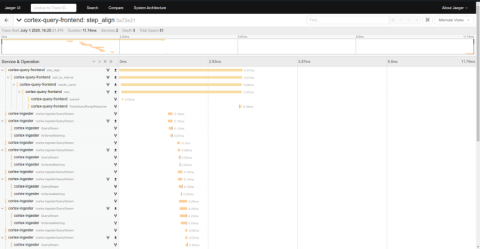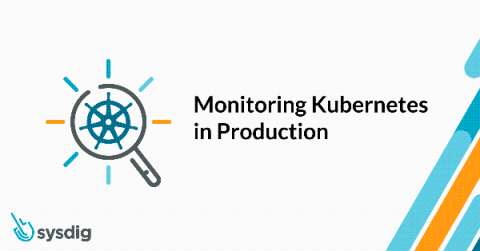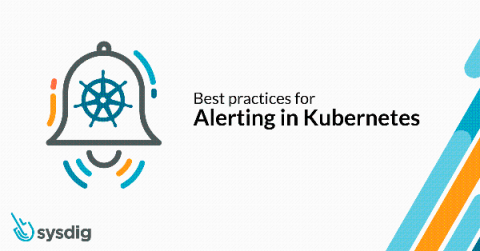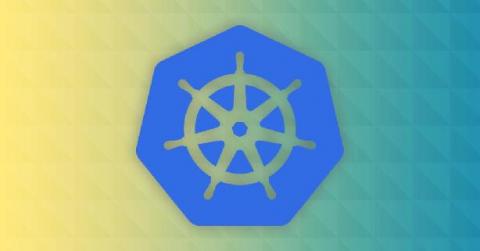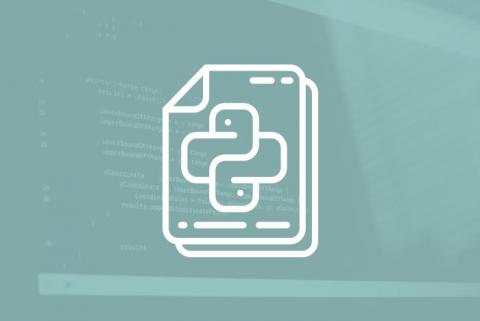Embed Your Status Page Everywhere
A well-crafted status page is designed to save you time, energy, and resources when communicating service irregularities. Instead of fielding thousands of support requests when you experience an outage, a status page provides a self-service way for your customers to get up-to-the minute information about any current downtime. It also allows you to proactively communicate maintenance and other work in advance.



